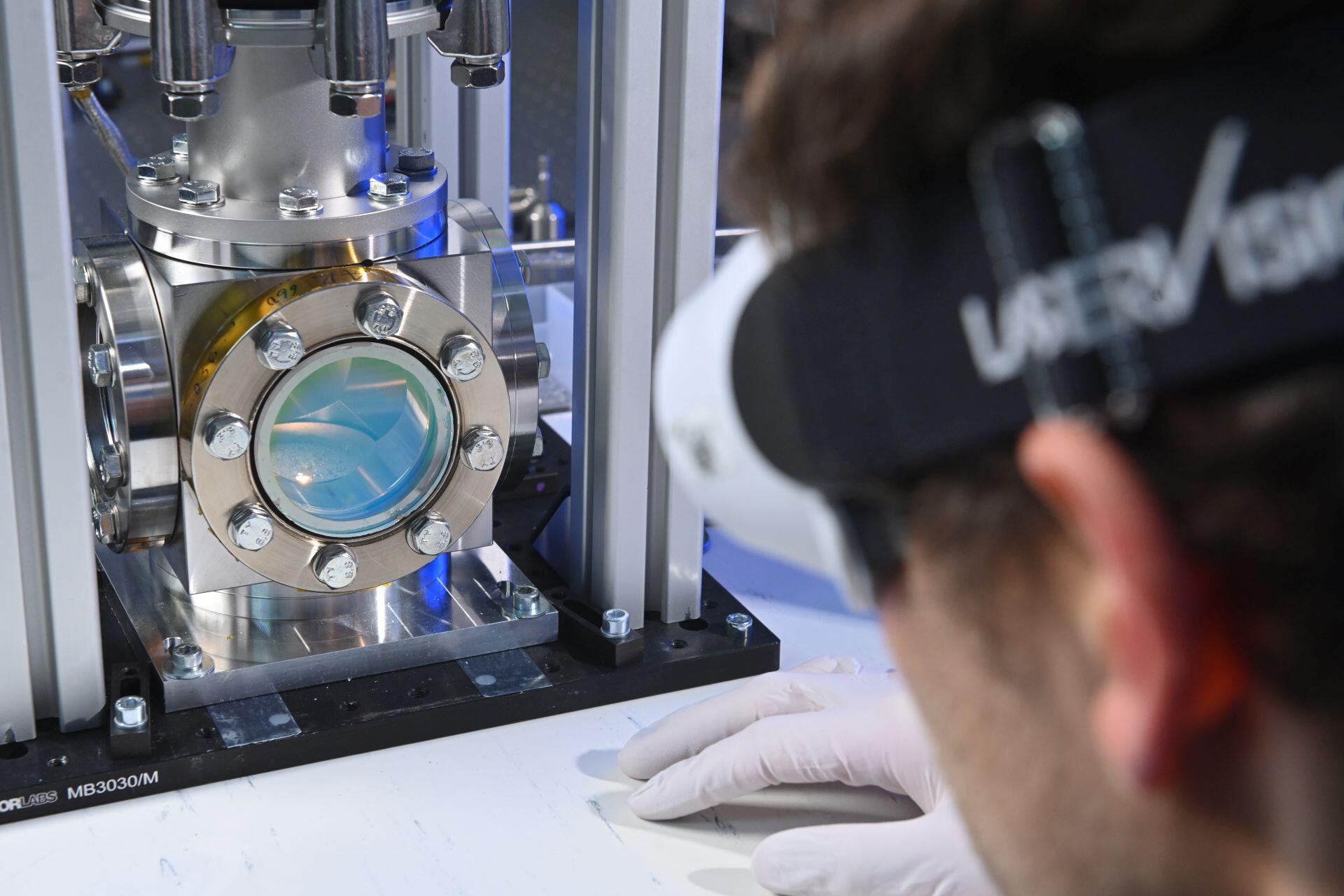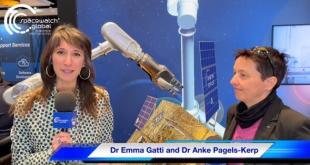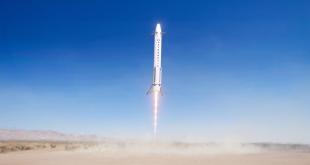
Ibadan, 11 April 2024. – Astrobotic is partnering with Laser Zentrum Hannover e.V. (LZH) on MOONRISE, a project in which researchers are working to bring 3D printing to the Moon. As a result, LZH has contracted with Astrobotic for a flight to the Moon, which will tentatively take place in late 2026. LZH will also equip Astrobotic’s lander with a compact, sturdy laser that will melt lunar dust, known as regolith, creating 2D structures on the lunar surface.
LZH is also collaborating with project partner TU Berlin, focusing on optimizing the laser melting process. The collaboration is experimenting with synthetic regolith from TU Berlin and training the AI for lunar deployment. In the MOONRISE project, LZH and TU Berlin researchers are also exploring ways to manufacture infrastructure on the Moon using available materials. Transporting materials from Earth to the Moon is expensive, with prices of up to one million dollars per kilogram. Directly creating landing sites, roads, or buildings from lunar dust could, therefore, significantly reduce costs. The experiment consequently aims to provide proof of concept that laser melting is viable on the Moon.
Speaking about MOONRISE, Dan Hendrickson, Vice President of Business Development for Astrobotic, said, “The MOONRISE team is testing a key technology for future activity on the Moon, and we are grateful to be competitively selected for the delivery of their payload. MOONRISE is a great example of the kinds of new ideas, new science demonstrations, and new countries that can make use of our lander delivery services to advance their own planned contributions to the burgeoning lunar economy.”
The German Space Agency at DLR is funding the project with funds from the German Federal Ministry of Economic Affairs and Climate Action in the sum of 4.75 million euros.





